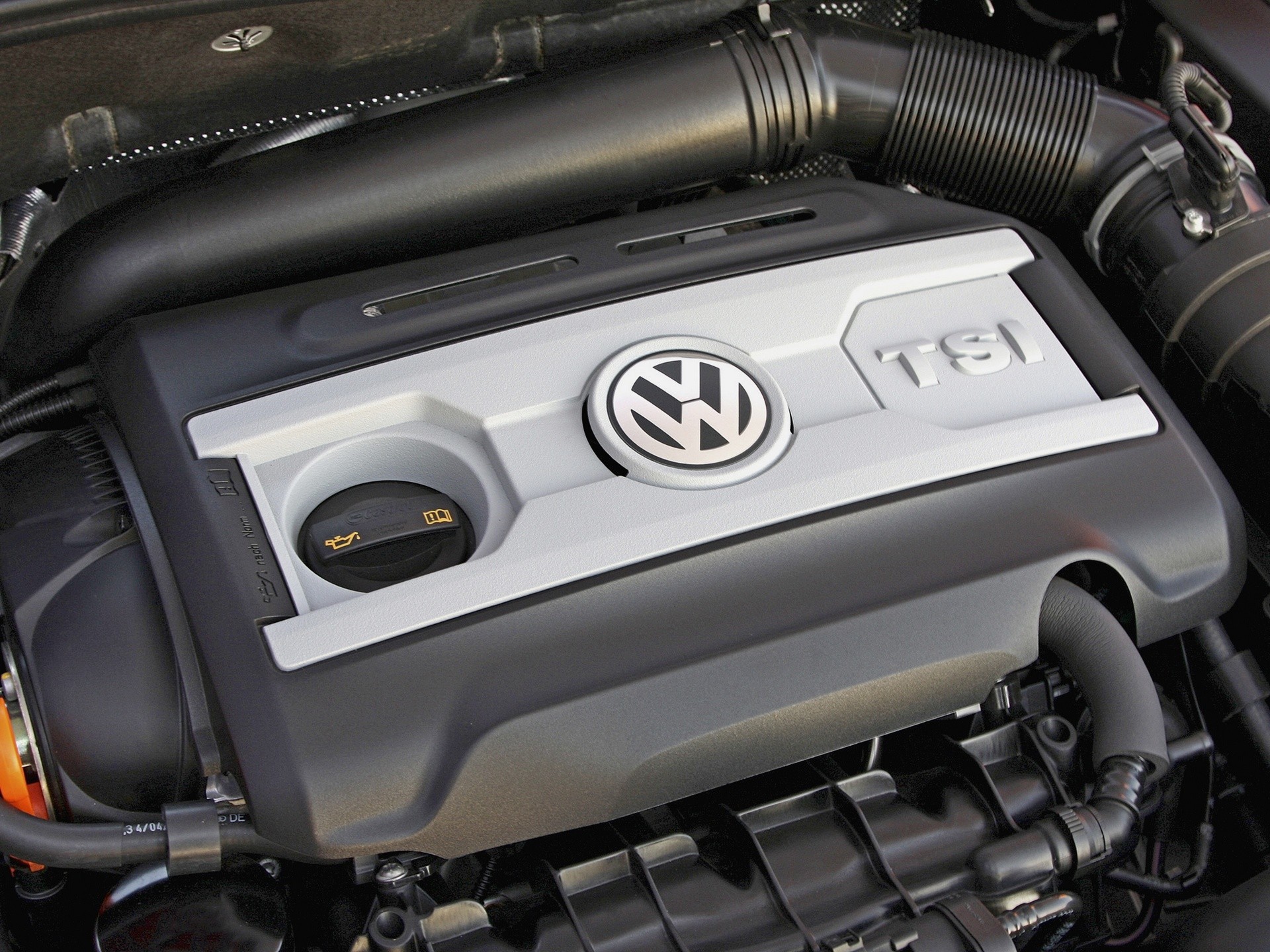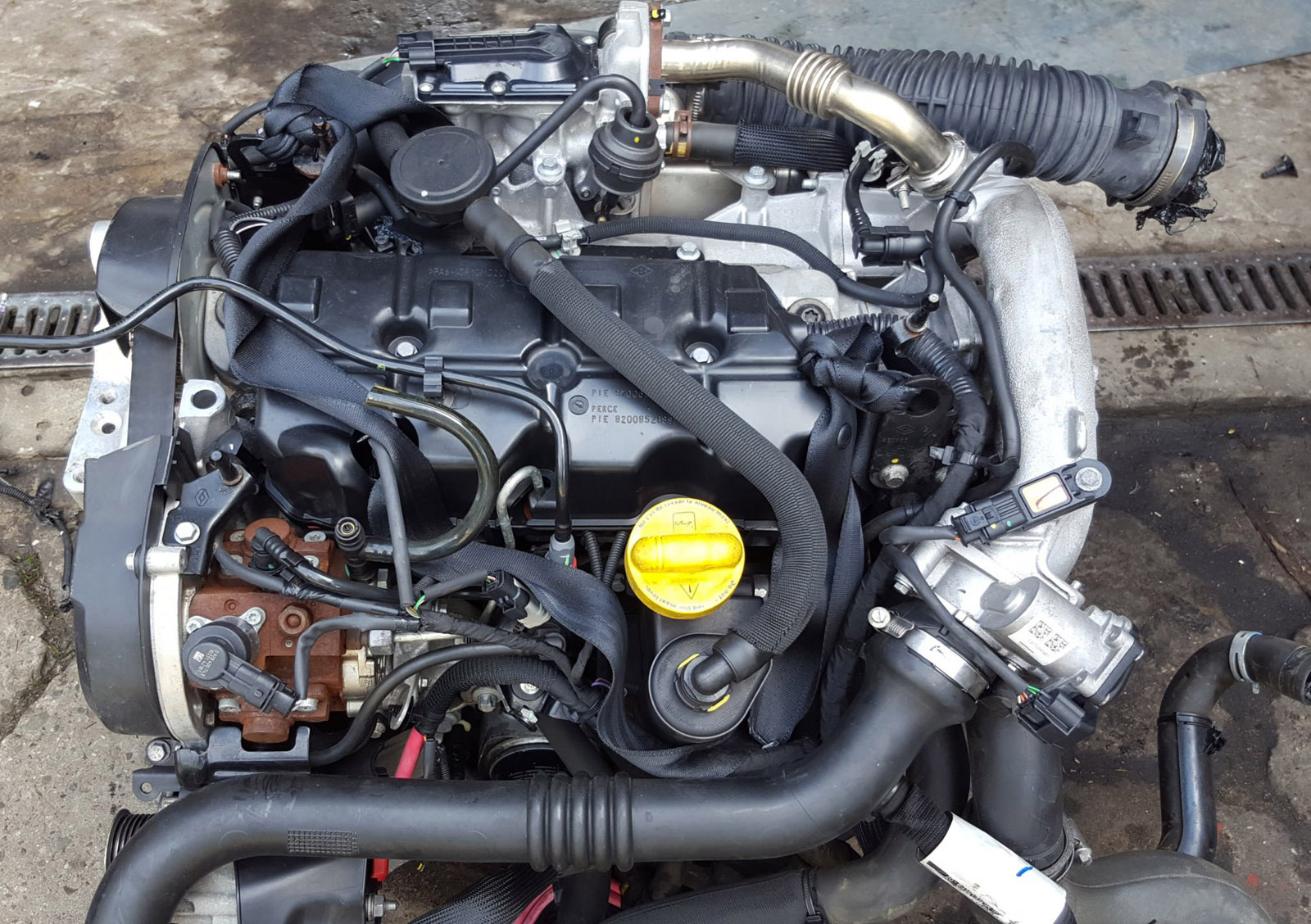
Volkswagen's 1.8 TSI/TFSI engine - low fuel consumption and plenty of oil. Can these myths be dispelled?
Content
- 1.8 TSI engine - main technical data
- Volkswagen Passat, Skoda Octavia, Audi A4 or Seat Leon — where did they put the 1.8 TSI?
- TSI and TFSI engines - why so controversial?
- Which generation of the 1.8 TSI engine is the least prone to failure?
- EA888 units - how to eliminate the cause of malfunctions?
- 1.8 TSI / TFSI engine - is it worth buying? - Summary
It is unlikely that any motorist does not know the good old 1.8 turbo 20V. It was easy to squeeze 300-400 hp out of it. When the 2007 TSI engine entered the market in 1.8, a lot of good things were also expected from it. Time, however, has rather brutally tested advertisements. Check out what is worth knowing about this device.
1.8 TSI engine - main technical data
It is a 1798cc petrol engine equipped with direct injection, chain drive and turbocharger. It was available in many power options - from 120 to 152, up to 180 hp. The most common combination for the engine was a 6-speed manual or dual-clutch DSG automatic transmission. The dual design for the 1.8 TSI was the 2.0 TSI with the designation EA888. The first, released with the index EA113, is a completely different design and should not be taken into account when comparing it with the described engine.
Volkswagen Passat, Skoda Octavia, Audi A4 or Seat Leon — where did they put the 1.8 TSI?
The 1.8 TSI engine was used to drive lower and upper middle class cars. It can be found in the models mentioned above, as well as in the 2nd and 3rd generation Skoda Superb. Even in the weakest versions with 120 hp. this design provides very decent performance and relatively low fuel consumption. It is worth noting that, according to drivers, this engine needs just over 7 liters in the combined cycle for every 100 km. This is a very good result. Since 2007, the VAG group has installed 1.8 and 2.0 TSI units on its C-class cars. However, not all of them have the same reputation.
TSI and TFSI engines - why so controversial?
These engines use a timing chain instead of a traditional belt. This decision was supposed to contribute to the high survivability of the engines, but in practice it turned out to be quite the opposite. The problem is not in the chain itself, but in the waste of oil. ASO claims that the level of 0,5 l/1000 km is, in principle, a normal result, which is not worth worrying about. However, the consumption of engine oil leads to the formation of soot, which causes the rings to stick. They are also unfinished (too thin), as are the pistons. All this means that the surfaces of the rollers and cylinder liners wear out under the influence of mileage.
Which generation of the 1.8 TSI engine is the least prone to failure?
These are definitely engines with the designation EA888 after the facelift. It is easy to recognize by the use of 8 nozzles. 4 of them supply gasoline directly, and 4 indirectly through the intake manifold. The design of the pistons and rings was also changed, which should have completely eliminated the problem of oil consumption and carbon deposits. These engines can be found in cars of the VAG group since 2011. Therefore, the safest option in terms of buying a car with such a unit is the years from 2012 to 2015. Moreover, the younger ones already had such an improved design that they did not experience the phenomenon of engine oil consumption.
EA888 units - how to eliminate the cause of malfunctions?
There are many solutions to the faulty model. However, not all of them provide full efficiency, and the best ones are simply expensive. It is easy to fix a malfunction of the tensioner and chain stretching - just replace the timing drive. However, without eliminating the cause of lubricant consumption, the timing problem is difficult to eliminate in the long term. Luckily, there are several options to significantly reduce oil consumption or completely eliminate the cause.
Ways to overcome the shortcomings of the 1.8 TSI engine
The first option is to replace the pneumothorax. The cost of such an operation is small, but gives little results. The next is the replacement of pistons and rings with modified ones. Here we are talking about a serious overhaul, and this involves dismantling the pistons, polishing the surfaces of the cylinders (since the head is removed, this is worth doing), inspecting the rollers and possible grinding, planing the head, cleaning the valves and channels, replacing the gasket under it and, of course, , reverse assembly. If you choose this option, the costs should generally not exceed PLN 10. The last option is to replace the block with a modified one. This is a completely unprofitable offer, because it can equal the cost of the car.
1.8 TSI / TFSI engine - is it worth buying? - Summary
Given market prices, offers of cars with such units may seem tempting. Don't let yourself be fooled. Oil consumption is a known issue, so the low price and 1.8 TSI engine is mine, not a bargain. The safest option is to use the 2015 crop options. In these cases, it is much easier to find specimens that do not have problems with engine oil waste. However, remember one important point - apart from design errors, the biggest disadvantage of a used car is its previous owners. This refers to how the car is broken in, regular maintenance or driving style. All this can affect the condition of the car you buy.
A photo. main: Powerresethdd via Wikipedia, CC 3.0
